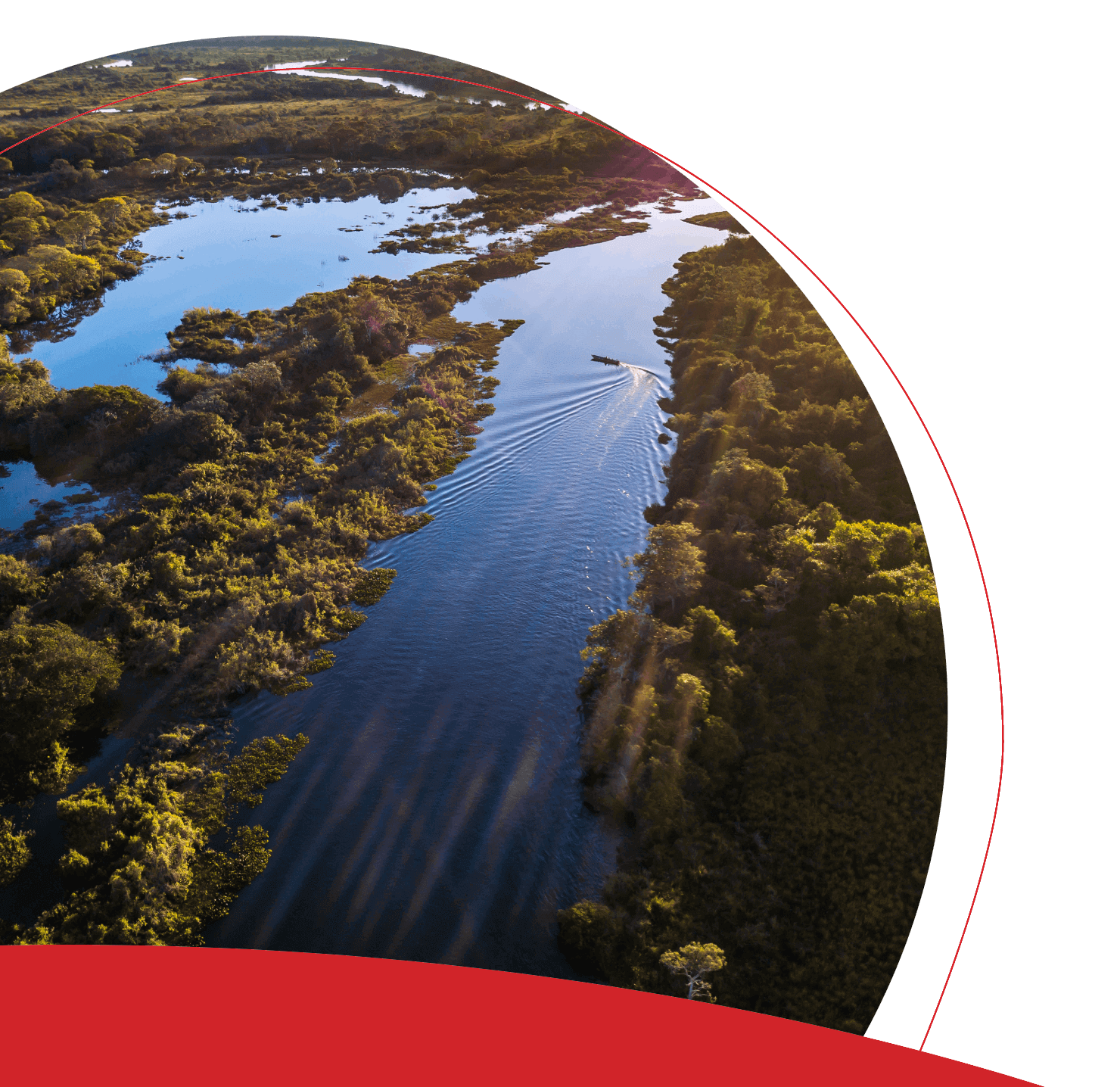
Climate change and the failure to contain it are among the main global risks for the coming years, with the potential to impact our entire value chain. That’s why this topic is a priority in our strategy.
We are one of the 27 founding members of the Brazilian GHG Protocol Program and have been publishing our greenhouse gas emissions inventory in the Public Emissions Registry for over a decade. Our inventory is third-party audited and holds the Gold Seal, certifying us at the highest level of the program and ensuring transparency and reliability in the reported data.
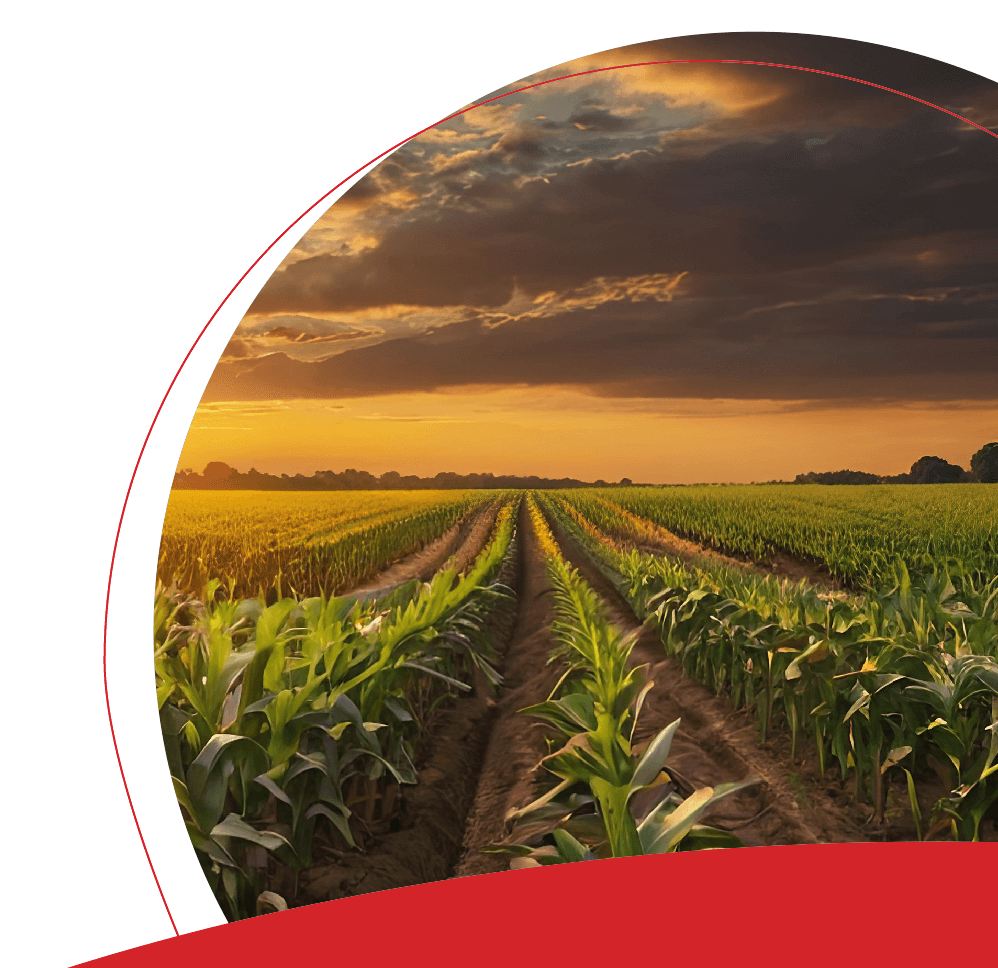
Our greenhouse gas emissions are monitored and controlled. From the mapping of Scope 3 — that is, indirect emissions occurring throughout our value chain — we identified that the greatest impact comes from the supply chain. Key sources include land use in grain production, waste management in animal farming through the integration system, and transportation across the chain.
In industrial operations, where manufacturing activities take place, stationary sources are the most relevant due to the amount of fuel required by the processes. However, since over 90% of our energy matrix comes from renewable sources, this impact is significantly reduced.
Each year, we report our climate change performance on the CDP platform, upholding transparency.
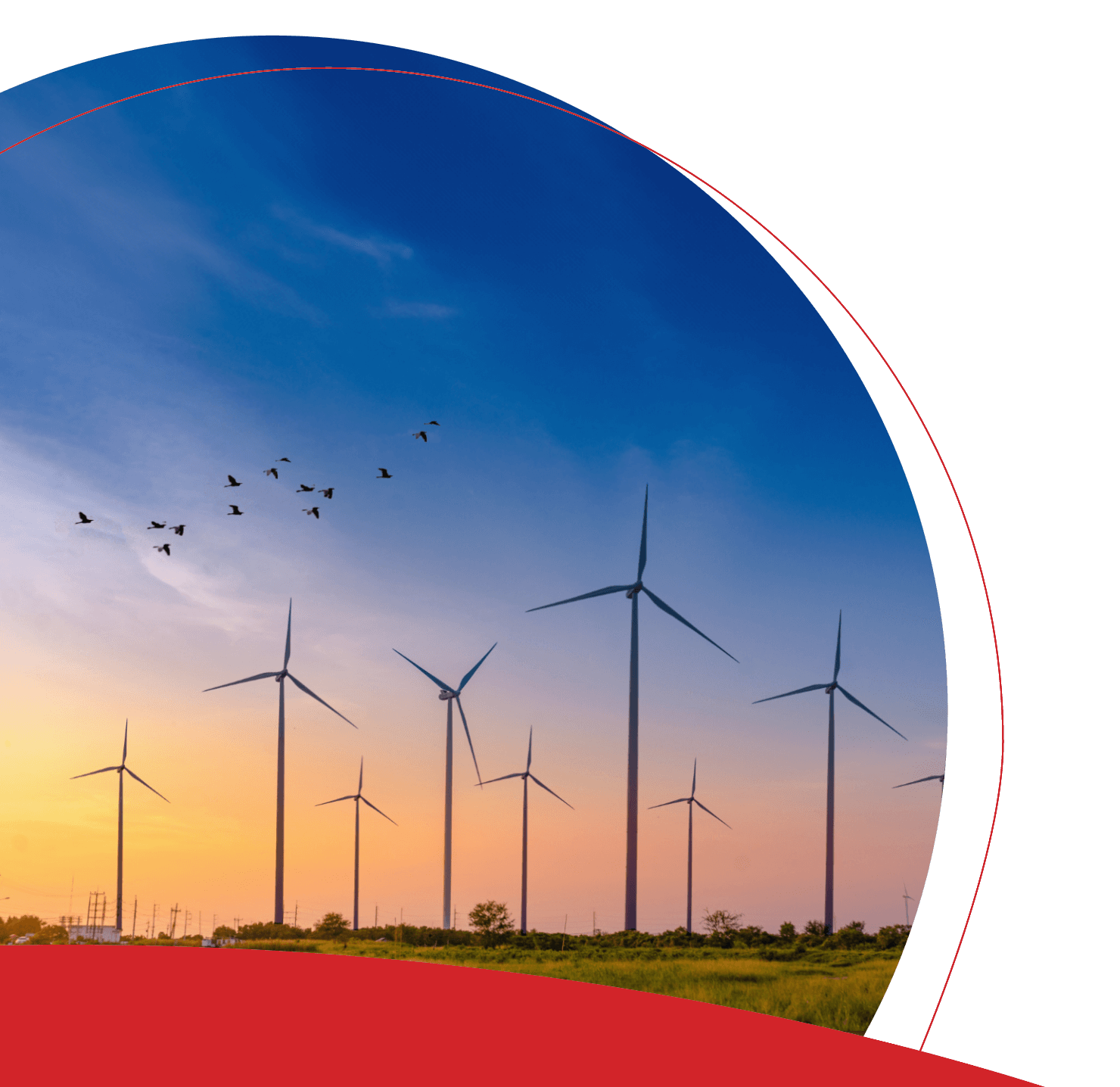
Actions will be implemented to reduce, by 2030, 35% of the direct emissions generated by the company’s operations (Scope 1) and indirect emissions from electricity or thermal energy consumption (Scope 2), as well as 12.3% of indirect emissions not owned by the company (Scope 3). These targets are based on emissions from 2019 and 2020, respectively.
Our action plan is based on four work fronts: sustainable grain sourcing, promotion of low-carbon agriculture, increased use of renewable energy, and improved operational efficiency — and we’ve taken concrete steps in this direction.
Our pillar in numbers
Initiatives
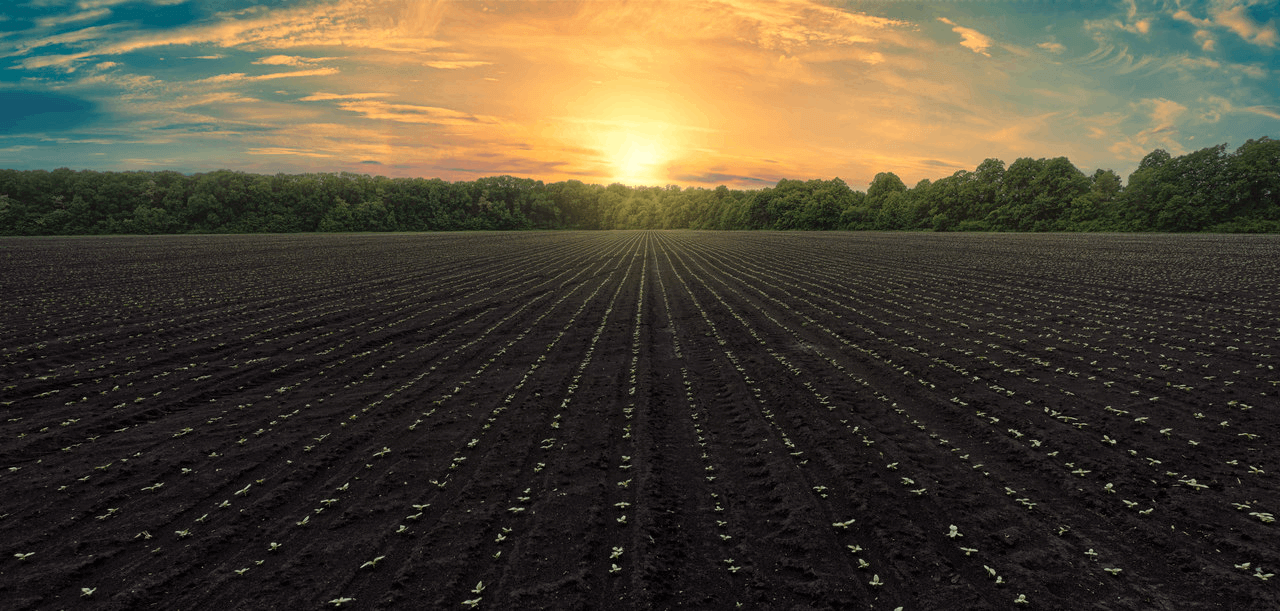
In the area of sustainable grain sourcing, we have committed to a deforestation-free supply chain — both direct and indirect — by 2025.
We also aim to achieve 100% traceability of all grains purchased by the same deadline. To support this, we established the Sustainable Grain Purchasing Policy, which includes socio-environmental criteria that our direct and indirect suppliers are evaluated against and must comply with.
To ensure traceability, we use a platform based on geospatial devices and a geographic information system (GIS), allowing us to cross-reference territorial criteria with property location data from the Rural Environmental Registry (CAR). For nominal criteria, we cross-check public lists with the producer’s CPF/CNPJ to assess compliance with socio-environmental standards.
In 2023, we achieved 100% traceability of direct grain suppliers and 77% of indirect suppliers in the Amazon and Cerrado biomes, which account for 62% of the volume purchased. Across all biomes, we reached 99.9% traceability of direct suppliers and 79% of indirect suppliers.

Regarding low-carbon agriculture, our main initiative is to scale the use of solar energy among our integrated producers.
In 2021, we signed an agreement with Banco do Brasil to provide R$ 200 million in facilitated financing, with lower interest rates, to support investments in the installation of solar panels on the farms of integrated producers. We also offer commercial, technical, and legal support. Additionally, BRF linked the implementation of solar panels to its compensation program, offering a bonus to participating producers.
In 2023, 57% of the poultry volume produced came from integrated producers with photovoltaic energy systems installed on their properties.
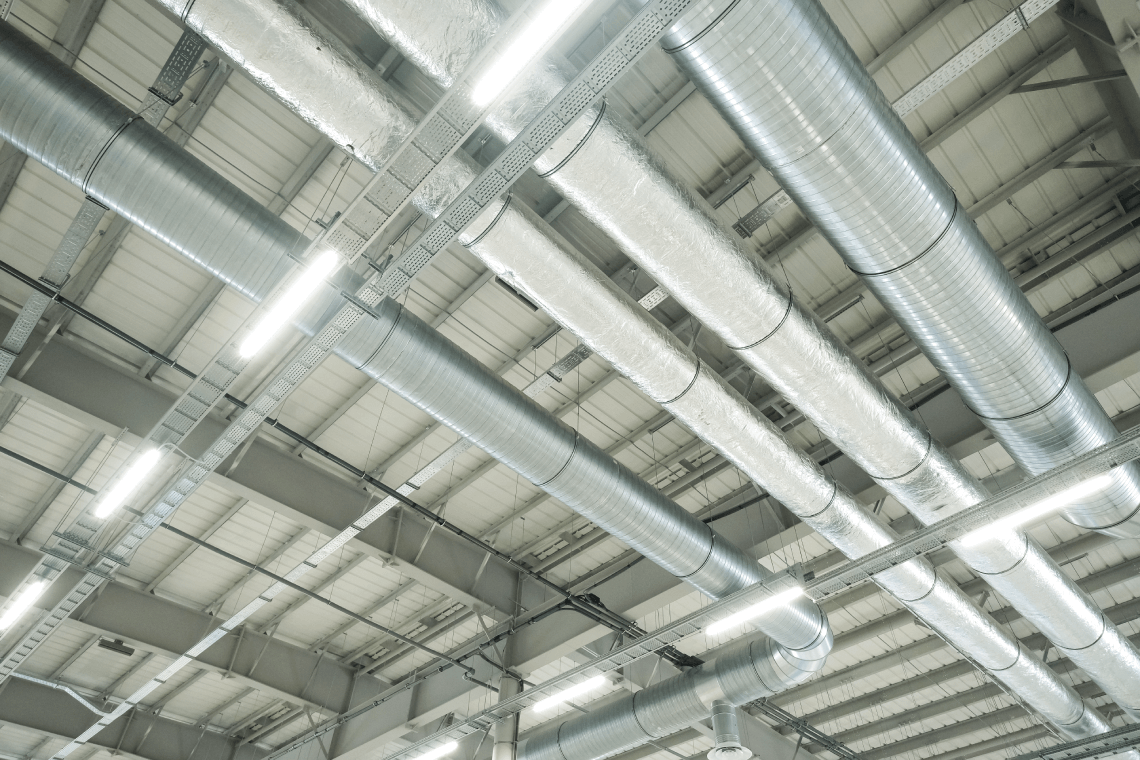
Through BRF’s Energy Excellence Program, we aim to promote sustainable energy consumption in both industrial and administrative operations.
The program establishes performance indicators and monitors energy consumption across different production processes. We maintain annual targets for improving energy efficiency and have an investment plan for the coming years. We allocate annual investment lines using our own resources to update technology and purchase more efficient equipment. Examples include standardizing temperature control procedures for freezing tunnels, implementing automatic and variable controls for compressed air equipment, and upgrading factory lighting systems to LED.
In addition to these initiatives, BRF takes advantage of resources made available through the Energy Efficiency Programs of energy distributors, as recommended by the National Electric Energy Agency (Aneel), with actions such as replacing standard motors and electric pumps with high-efficiency equipment.
In 2023, energy intensity was 5.97 GJ per ton produced — a 4% reduction compared to 2022 — which also contributes to lowering GHG emissions.
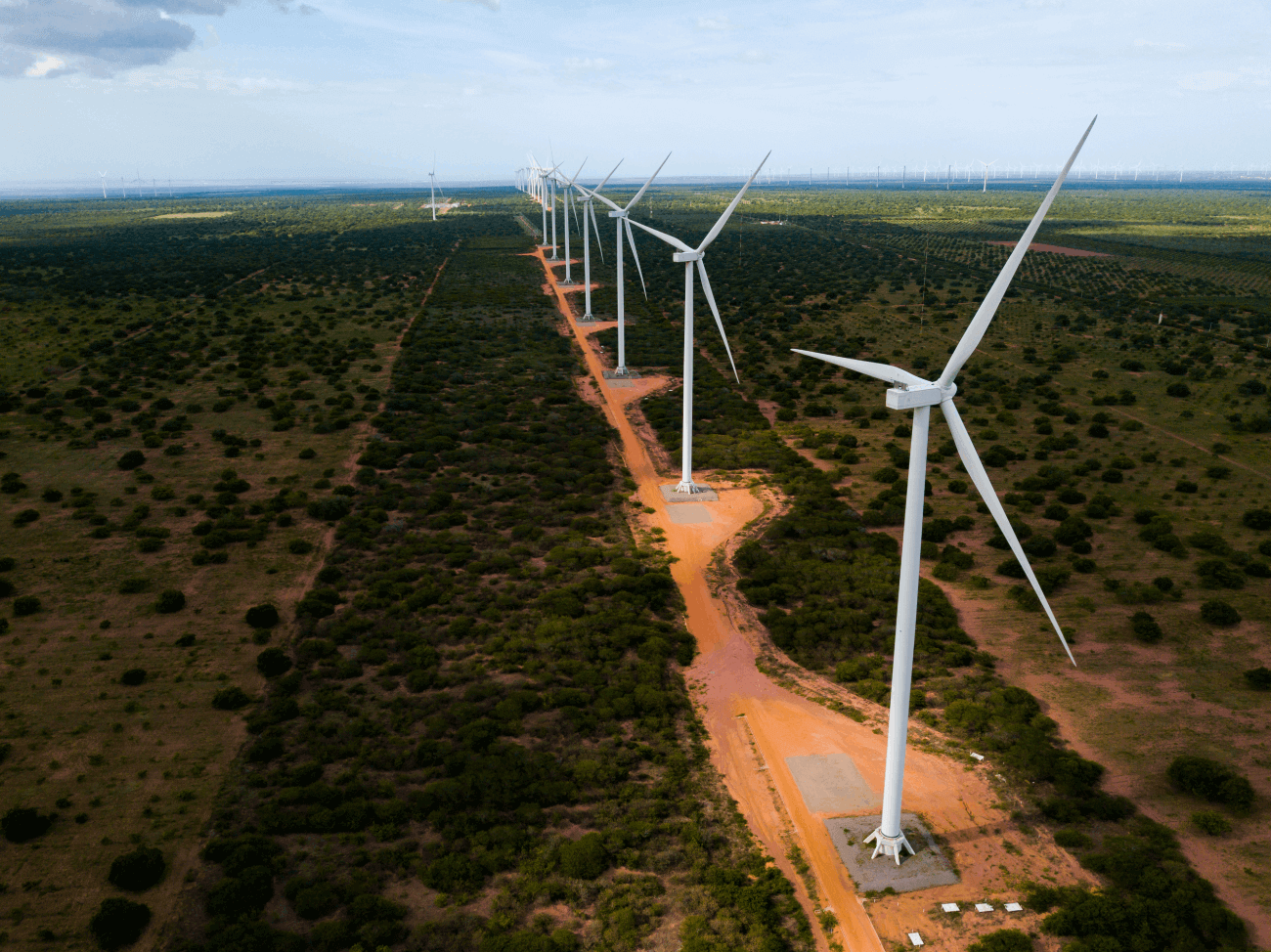
In addition to seeking efficient use of electricity, we aim to increase the share of electricity from clean sources to 50% by 2030.
To achieve this, in 2021 we formed a partnership with AES Brasil Energia to establish a joint venture for the construction of a wind farm at the Cajuína Wind Complex in Rio Grande do Norte. The facility will have an installed capacity of 160 MWm, generating 80 MWm.
We also signed a contract with Intrepid Participações S.A. for the construction of a solar energy park in Mauriti and Milagres, in the state of Ceará, with an installed capacity of 320 Megawatt peak (MWp). Across 1,170 hectares, 600,000 solar panels will be installed, allowing the generated energy to be distributed to our units in southern Brazil.
In 2023, with the start of self-production of wind energy combined with incentivized energy contracts, 8% of our electricity consumption was supplied by clean energy with verified traceability — 4% of which came from self-production. In December, these figures rose to 16% and 14%, respectively.
Explore Our Other Pillars
Supply Chain Management
Covers the control of raw material sourcing and the engagement of suppliers in adopting best sustainability practices.
Access pageAnimal Welfare
Manages animal handling practices according to BRF’s Global Animal Welfare Program, which defines standards and commitments for animal rearing, transport, and slaughter.
Access pageClimate Change
Aims to mitigate the effects of climate change and contribute to strengthening a low-carbon economy.
Access pageNatural Resources
Promotes the management of water and energy consumption throughout our value chain. Seeks alternatives for energy generation from clean and renewable sources.
Access pageCircular Economy and Waste Management
Encourages the reduction, recycling, and reuse of materials across the entire value chain — from suppliers to post-consumption.
Access pageSocial Responsibility
Promotes inclusion, diversity, and education through the BRF Institute, contributing to the development of the communities where we operate.
Access page
 Sustainable Grain Sourcing
Sustainable Grain Sourcing LOW-CARBON AGRICULTURE
LOW-CARBON AGRICULTURE OPERATIONAL EFFICIENCY
OPERATIONAL EFFICIENCY CLEAN ENERGY
CLEAN ENERGY